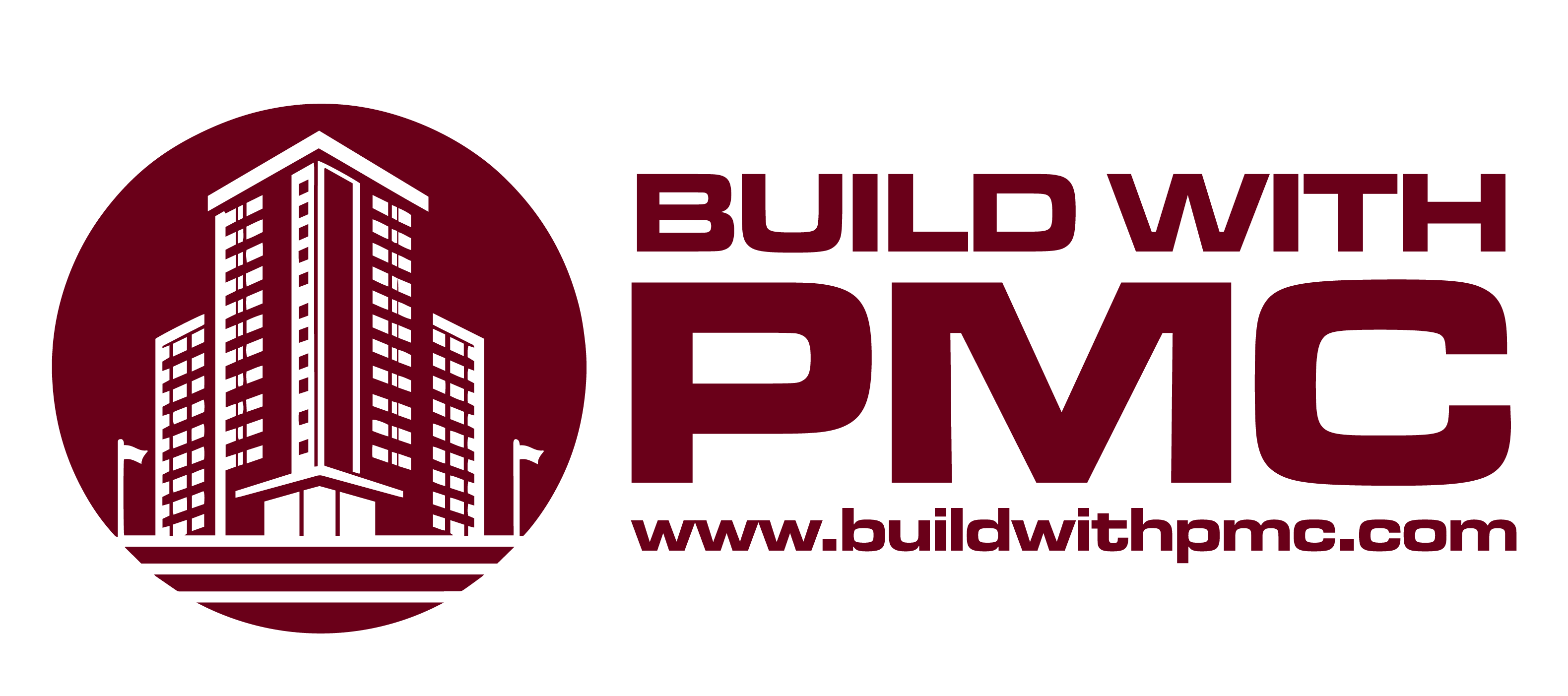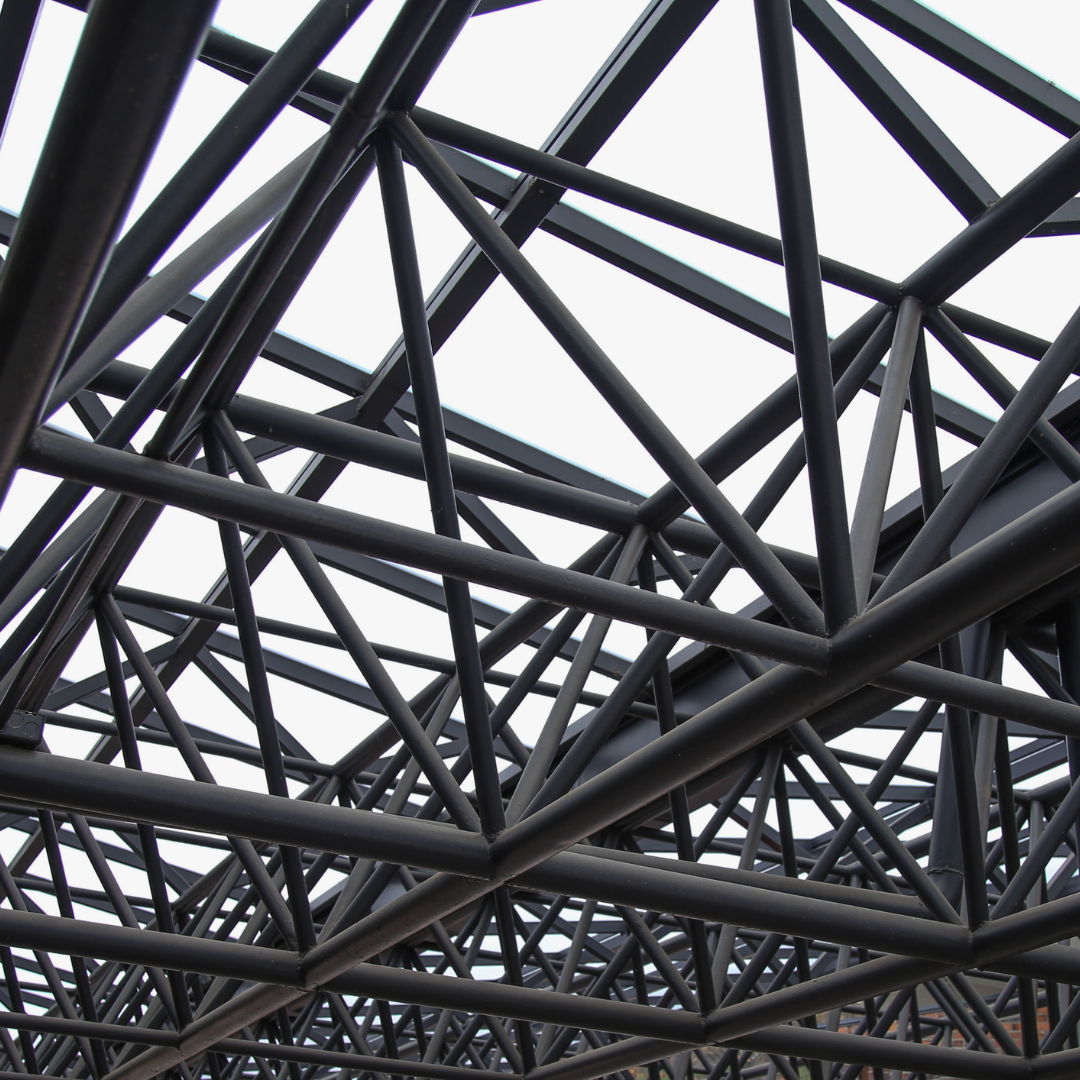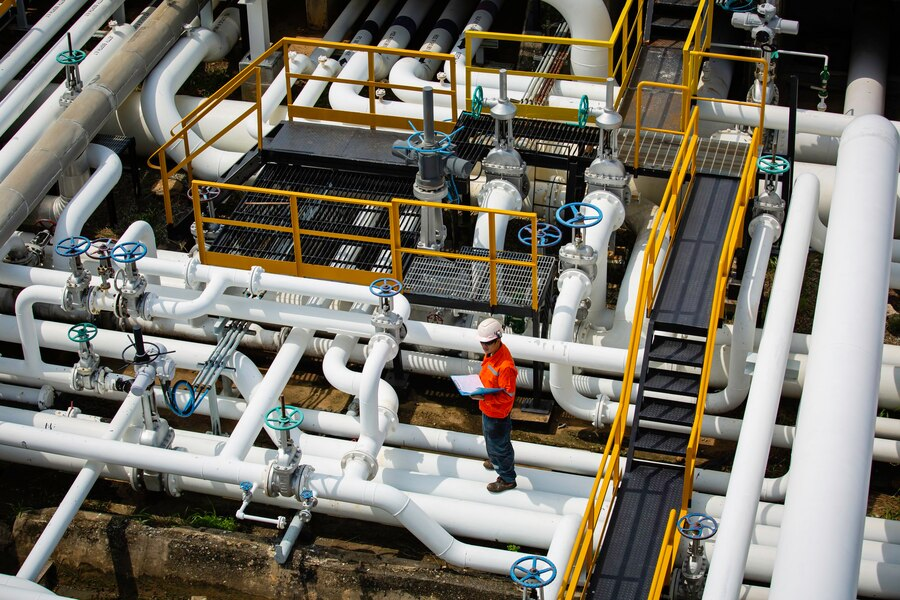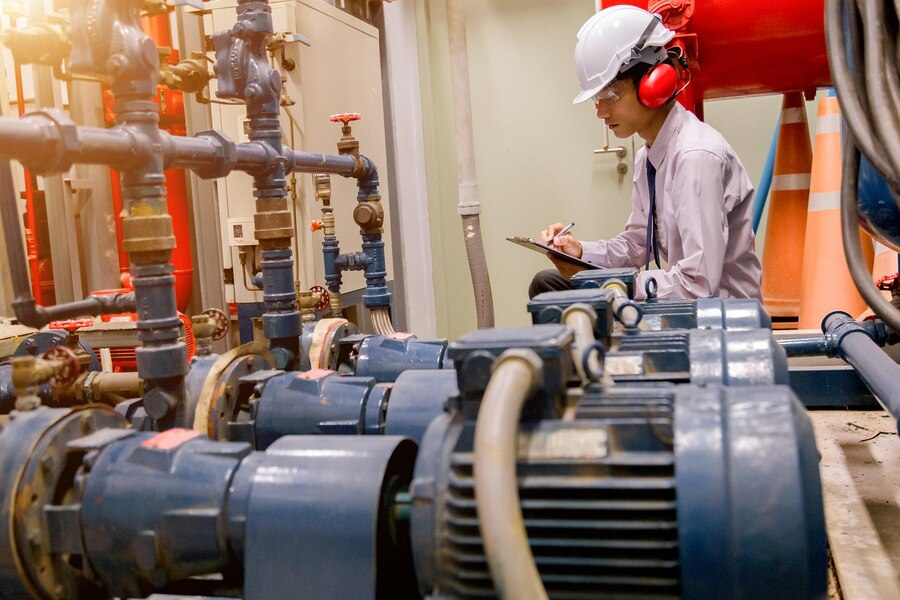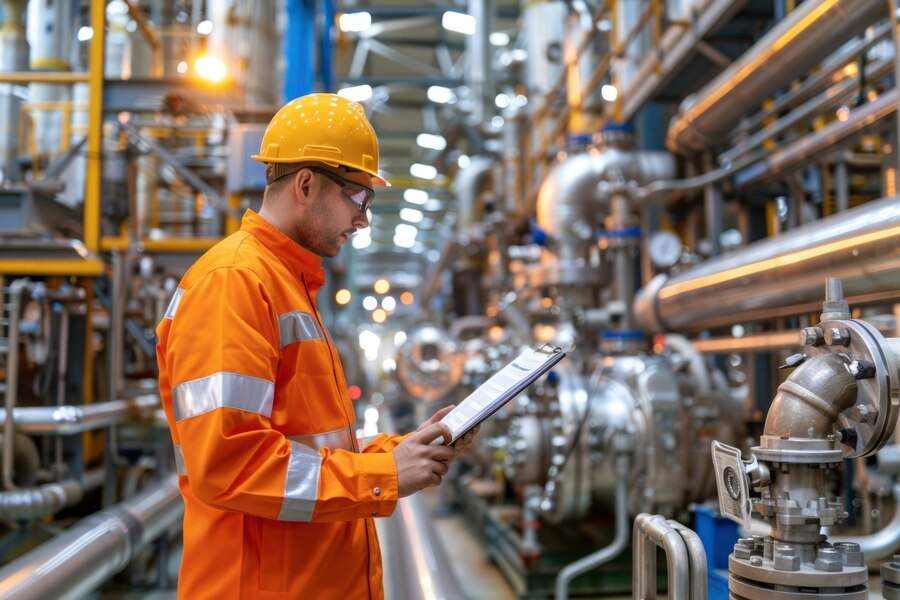Modern architecture has undergone a transformative journey over the years, driven by advancements in technology, materials, and design philosophies. Among the key players in shaping the contemporary skyline is structural steel. This versatile and robust material has become an integral component in the construction industry, contributing significantly to the evolution of architectural design and engineering.
In this exploration, we will decode the importance of structural steel in modern architecture, delving into its characteristics, benefits, and the role it plays in shaping the iconic structures that define our urban landscapes.
The Evolution of Structural Steel in Architecture
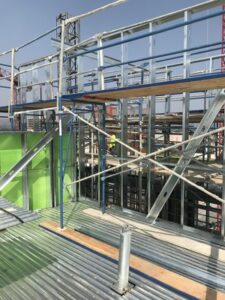
Structural steel has a rich history that dates back to the 19th century, gaining prominence during the Industrial Revolution. The development of steel production techniques, such as the Bessemer process, revolutionized the construction industry by providing a material with unparalleled strength and durability. This marked the beginning of a new era in architecture, as steel became the backbone of towering structures that were previously unimaginable.
The shift towards structural steel in architecture can be attributed to its exceptional properties. Steel offers a high strength-to-weight ratio, allowing architects and engineers to create expansive, open spaces and slender structures. This evolution in material technology paved the way for innovative design possibilities, reshaping the aesthetics and functionality of buildings.
Characteristics of Structural Steel
Strength and Durability
One of the primary reasons for the widespread use of structural steel in modern architecture is its exceptional strength. Steel has a tensile strength that surpasses most traditional building materials, enabling the construction of tall and complex structures without compromising safety. Additionally, steel’s durability ensures that buildings withstand environmental factors such as earthquakes, strong winds, and corrosion, contributing to the longevity of structures.
Flexibility in Design
Structural steel’s malleability and ductility provide architects with the flexibility to experiment with diverse design concepts. Unlike traditional building materials, steel can be molded into various shapes and configurations, allowing for the creation of unique and aesthetically pleasing structures. This versatility in design has played a crucial role in the development of iconic landmarks and modern architectural masterpieces.
Speed of Construction
Another significant advantage of structural steel is its efficiency in construction timelines. Prefabrication and modular construction techniques, coupled with the precision of steel components, accelerate the building process. This time-saving aspect not only reduces construction costs but also allows for quicker project completion, meeting the demands of today’s fast-paced construction industry.
Benefits of Structural Steel in Modern Architecture
Sustainability and Environmental Impact
In the era of sustainable architecture, structural steel has emerged as an eco-friendly option. Steel is highly recyclable, with the ability to be reused without compromising its quality. The recycling process requires less energy compared to the production of new steel, contributing to a reduced environmental footprint. Additionally, the longevity of steel structures minimizes the need for frequent replacements, further enhancing their sustainability.
Cost-Efficiency
Despite being a premium material, structural steel offers cost-efficiency throughout the construction process. The speed of construction, reduced labor requirements, and minimal maintenance expenses contribute to overall cost savings. Additionally, the long lifespan of steel structures ensures a higher return on investment over time, making it an economically viable choice for builders and developers.
Structural Integrity and Safety
Safety is paramount in construction, and structural steel excels in providing a secure and stable framework for buildings. Its high strength, coupled with advancements in engineering and construction technology, ensures structural integrity even in the face of extreme conditions. This robustness not only safeguards the occupants but also minimizes the risk of structural failure, making steel an ideal choice for high-rise buildings and structures with complex architectural designs.
Applications of Structural Steel in Modern Architecture
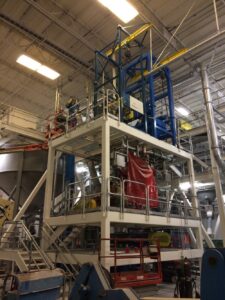
Skyscrapers and High-Rise Buildings
The evolution of modern cities is characterized by towering skyscrapers that define the urban landscape. Structural steel plays a pivotal role in the construction of these high-rise buildings, offering the necessary strength to support immense vertical loads. The ability to create slender and lightweight structures with steel enables architects to maximize available space and achieve breathtaking designs that captivate the skyline.
Bridges and Infrastructure
Structural steel is a staple in the construction of bridges and other critical infrastructure. Its high strength and durability make it an ideal choice for spanning long distances and supporting heavy loads. Steel’s resistance to corrosion is particularly crucial in bridge construction, where exposure to harsh environmental conditions is inevitable. The use of structural steel in infrastructure projects ensures the creation of resilient and long-lasting structures that facilitate efficient transportation and connectivity.
Industrial Facilities
The industrial sector heavily relies on structural steel for the construction of manufacturing plants, warehouses, and other facilities. The material’s adaptability allows for the creation of vast open spaces, optimizing the layout for production processes. The speed of construction associated with steel is particularly advantageous in the industrial sector, where time is often a critical factor in project execution.
Future Trends and Innovations in Structural Steel
Advanced Materials and Coatings
Ongoing research and development in the field of materials science are leading to the discovery of advanced steel alloys with enhanced properties. These materials offer superior strength, corrosion resistance, and other desirable characteristics, opening new avenues for innovative architectural designs. Additionally, the development of protective coatings further enhances the durability of structural steel, extending its lifespan and reducing maintenance requirements.
Integration with Technology
The convergence of structural steel and cutting-edge technologies is shaping the future of construction. Building Information Modeling (BIM), robotics, and artificial intelligence are being integrated into the design and construction processes, optimizing efficiency and precision. The use of technology not only streamlines project management but also allows for the creation of increasingly complex and sophisticated steel structures.
Sustainable Practices
As sustainability becomes a central focus in architecture, the use of structural steel is evolving to align with environmentally conscious practices. From the incorporation of recycled steel to exploring alternative production methods with lower carbon emissions, the industry is actively seeking ways to reduce its environmental impact. The future of structural steel in architecture will likely involve a continued commitment to sustainable practices and materials.
Conclusion
From towering skyscrapers to intricate bridges, structural steel has proven to be an indispensable element in realizing ambitious architectural designs. Its exceptional strength, flexibility, and sustainability make it a preferred choice for builders and architects alike.
As we look toward the future, the role of structural steel in architecture is poised to expand further. Innovations in materials, technology, and sustainable practices will continue to influence the evolution of steel structures, opening new possibilities for groundbreaking designs.
The legacy of structural steel in modern architecture is not merely in the buildings it supports but also in the transformative impact it has had on the very fabric of our cities and the way we envision the spaces we inhabit.
